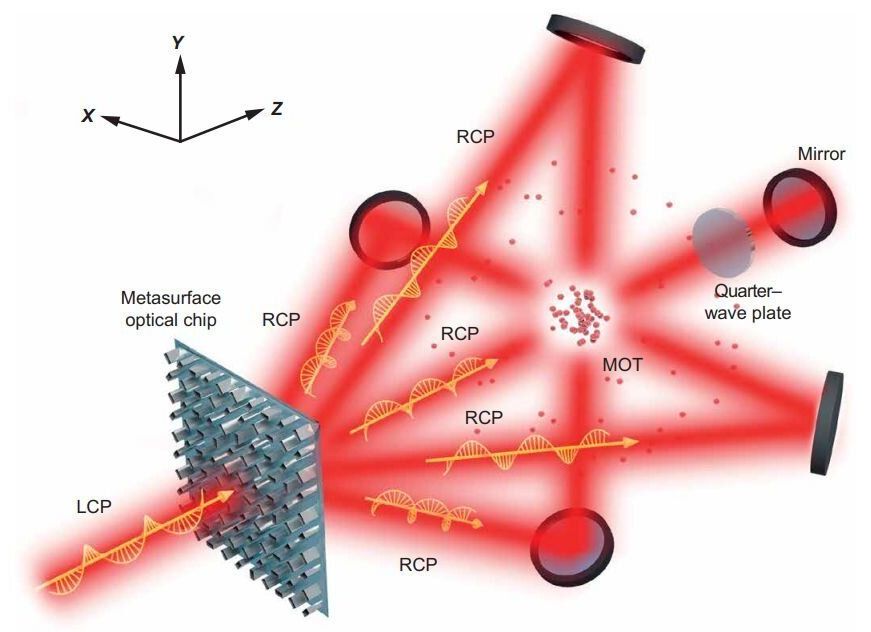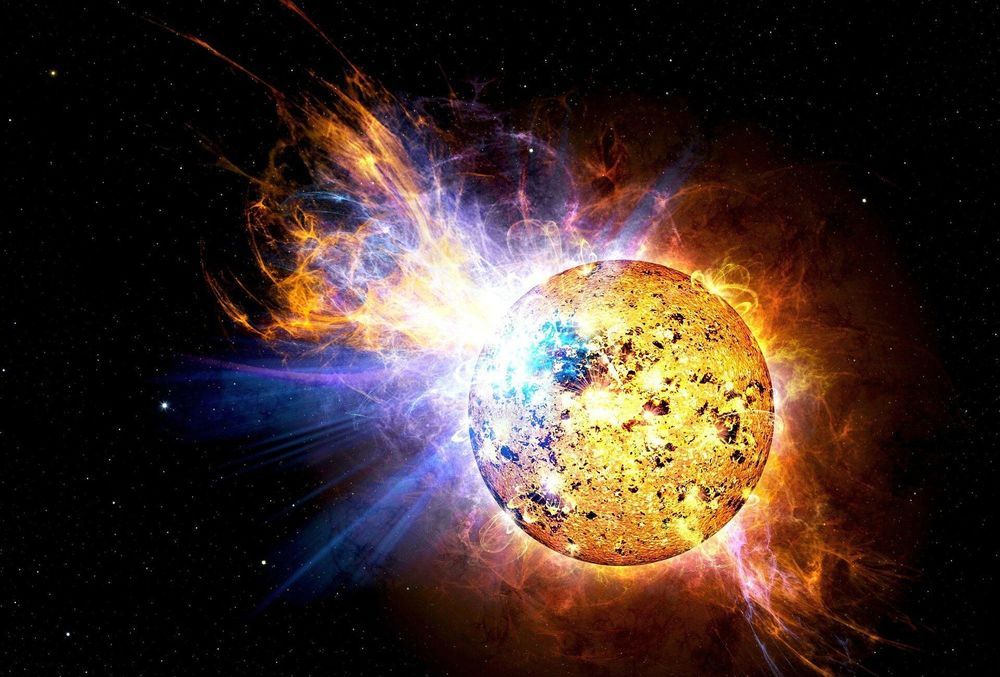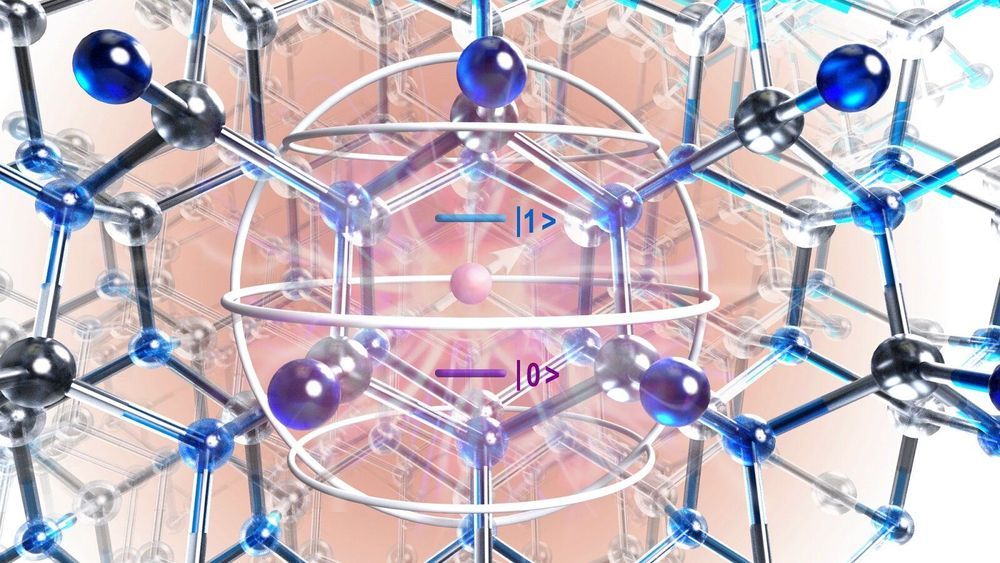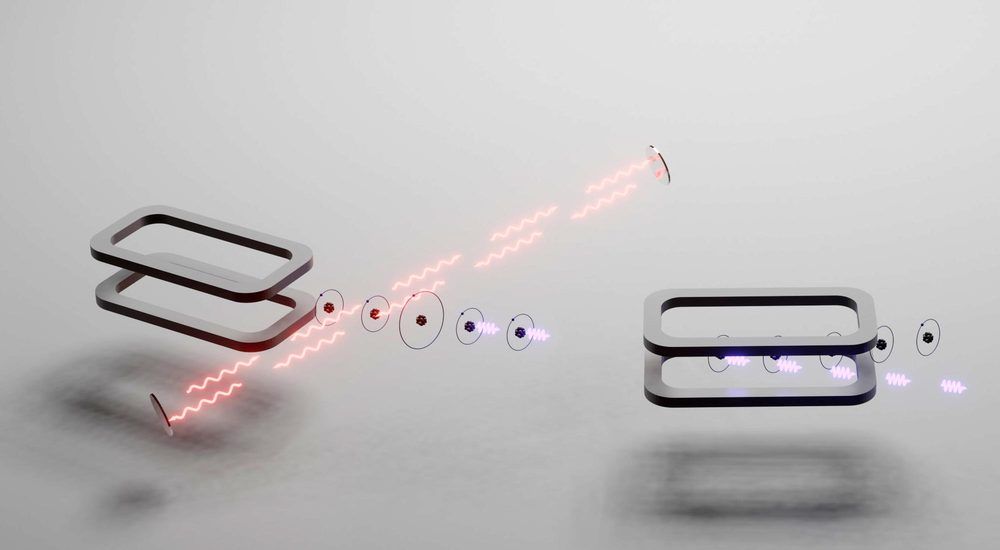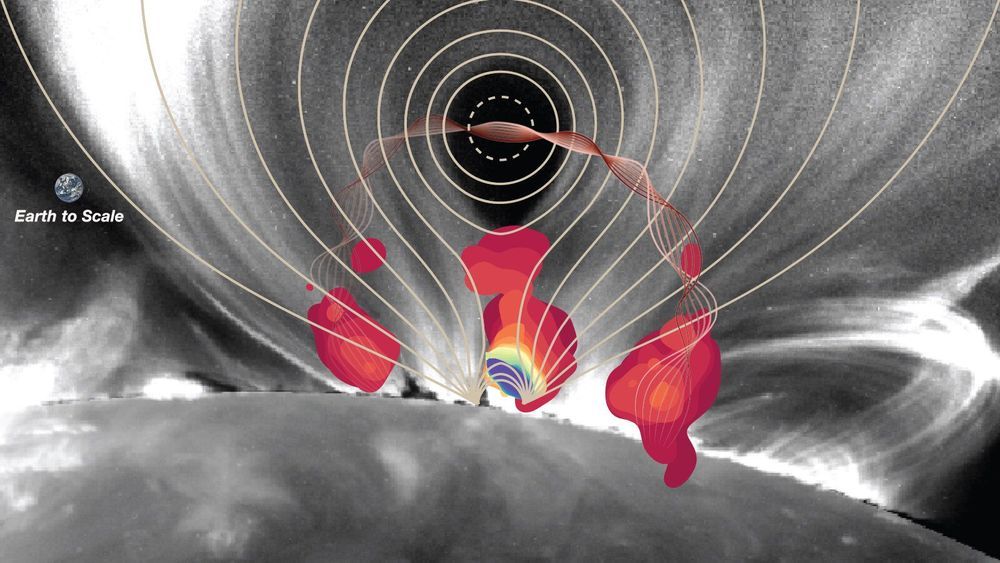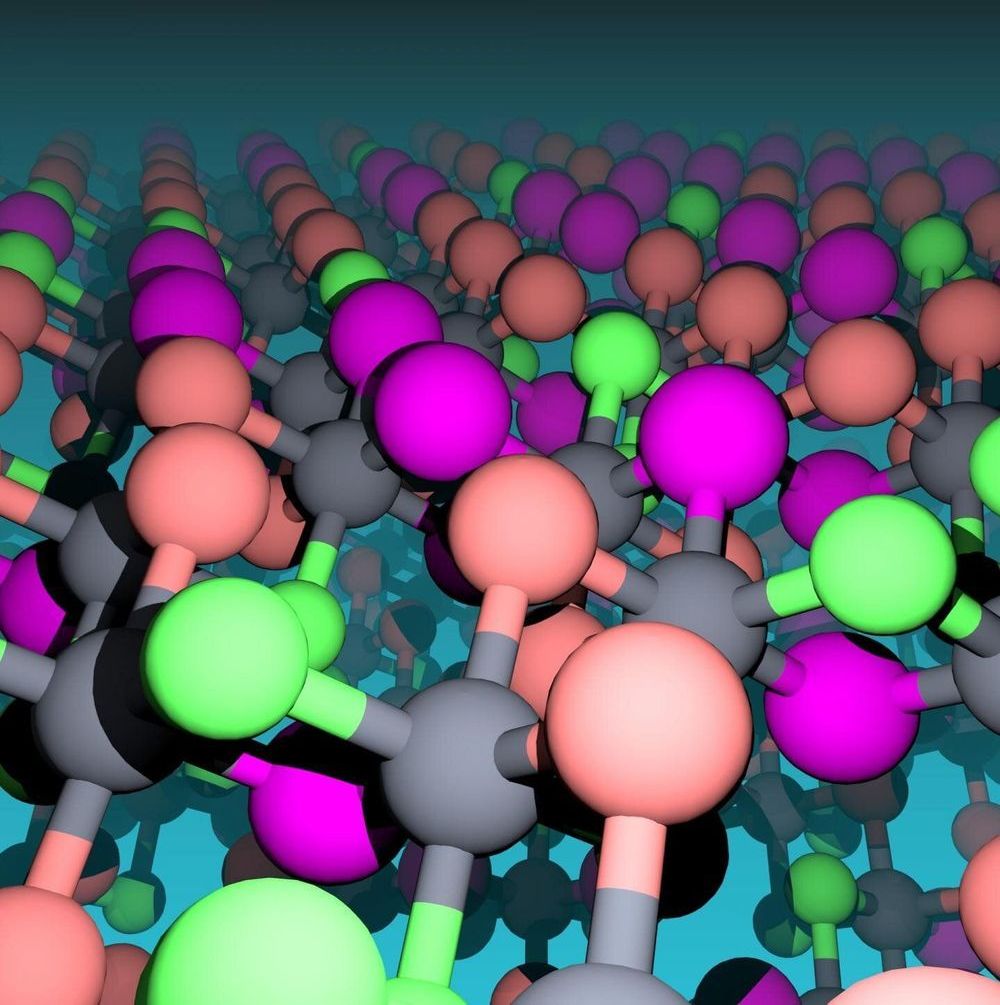Jul 30, 2020
Scientists make quantum technology smaller
Posted by Quinn Sena in categories: particle physics, quantum physics
A way of shrinking the devices used in quantum sensing systems has been developed by researchers at the UK Quantum Technology Hub Sensors and Timing, which is led by the University of Birmingham.
Sensing devices have a huge number of industrial uses, from carrying out ground surveys to monitoring volcanoes. Scientists working on ways to improve the capabilities of these sensors are now using quantum technologies, based on cold atoms, to improve their sensitivity.
Machines developed in laboratories using quantum technology, however, are cumbersome and difficult to transport, making current designs unsuitable for most industrial uses.
